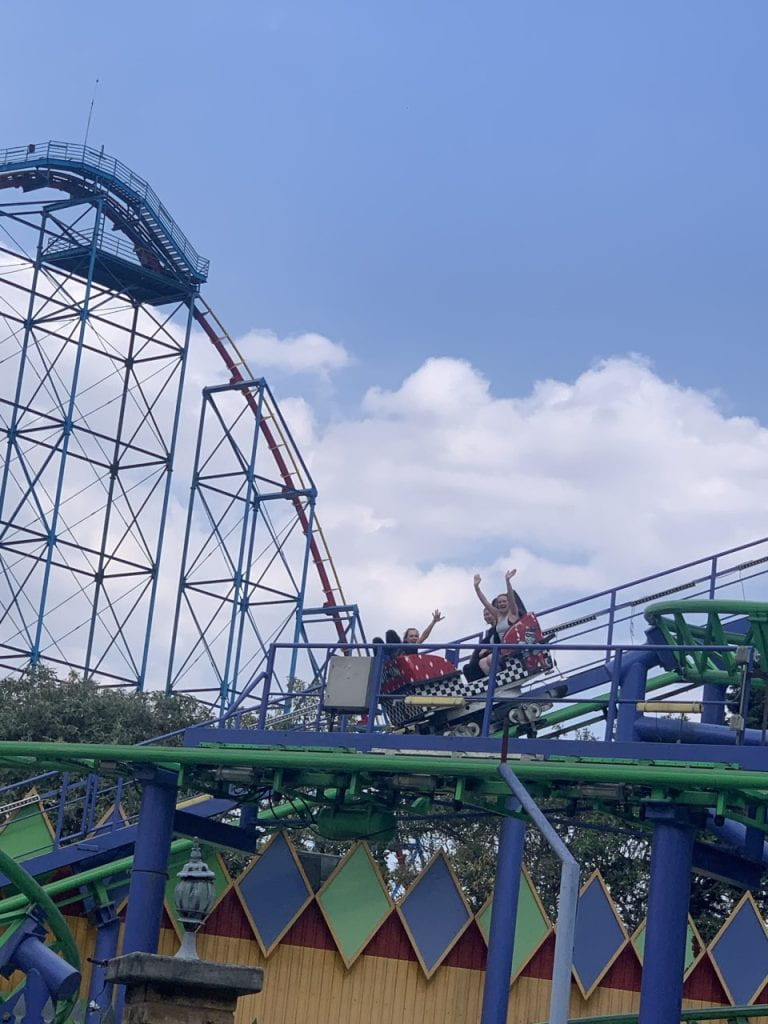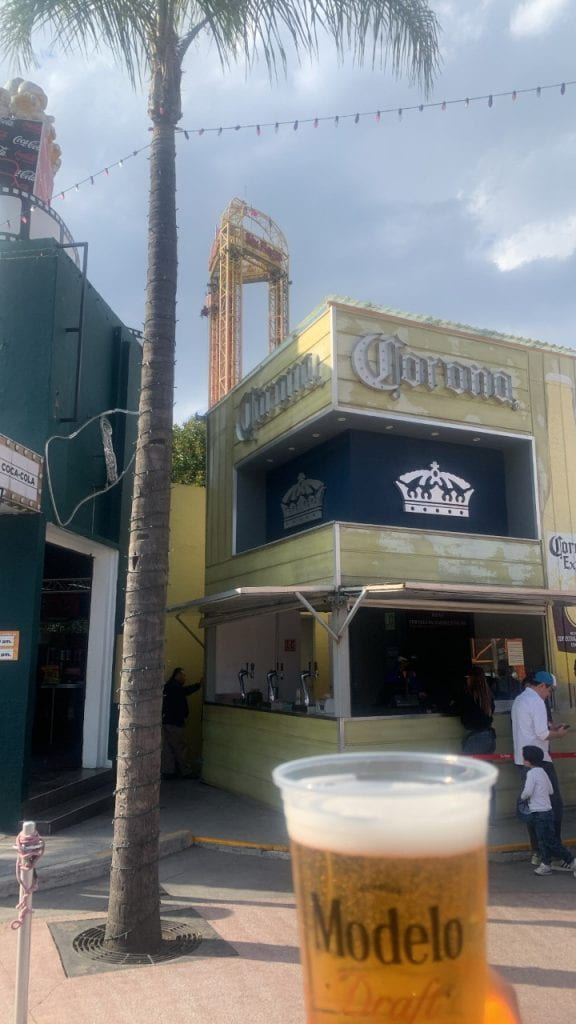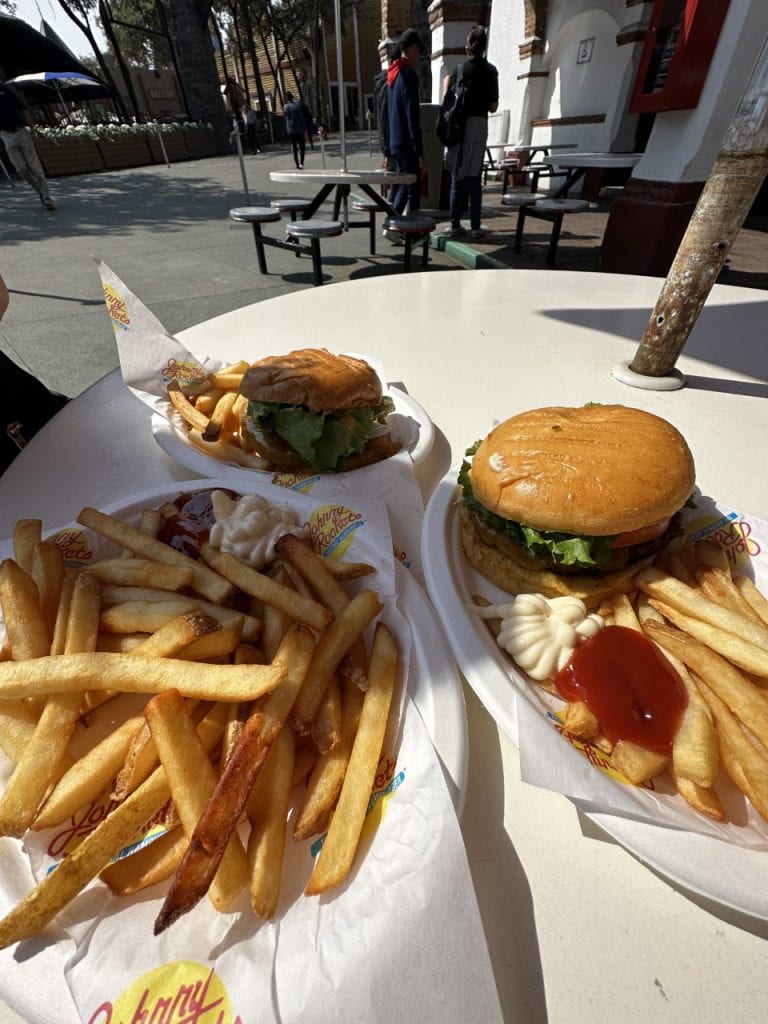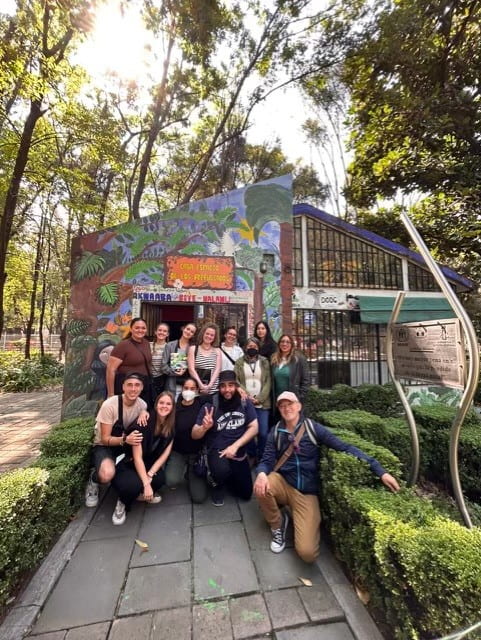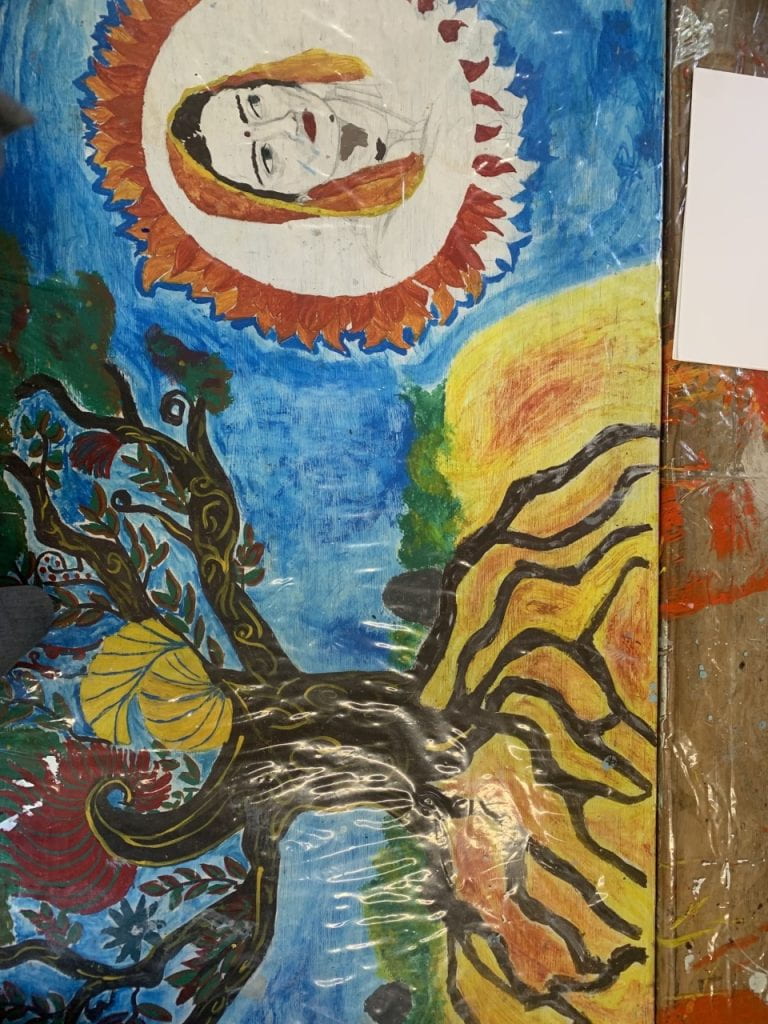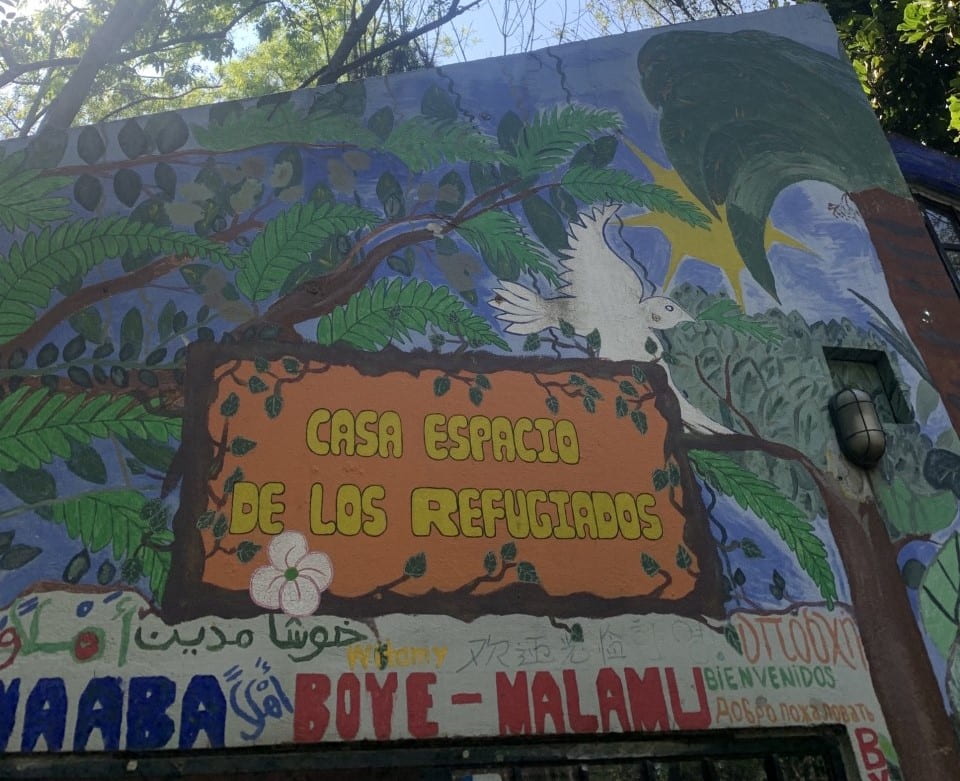Our second week’s topic was Migration, involving challenges asylum seekers and refugees. For our weekly NGO visit, we went to ‘La Casa de Refugiados.’ This non-governmental organization works alongside helping those seeking asylum and reintegration into their home country. Our conversation began with what reminded us of peace and violence. An interesting cultural difference noted by us students and the workers was which colours reminded us of peace. For Mexicans, many felt that the colour blue and white reminded them of peace. However, we New Zealanders associated peace with green as we related it back to our connection with our environment. Workers at the Refugee house were intrigued by our choice of colours as they had never heard of green as a sign of peace. It was interesting how we strongly associated peace with a geographic location, such as a forest or garden. This reflected upon how much New Zealanders uphold a strong connection with our environment.
During this visit, I was shocked at the normalisation of violence within Mexican culture. From seeing the disturbing decorations used at Halloween to the terrible images pasted on the front page of the newspaper. Some events that would be seen as such a tragedy in New Zealand are perceived as a reality in Mexico. Although it was emotional to witness, I felt a shift in me to change these normalisations.
The next part of our session was having all students participate in being a refugee. From what we had learnt about refugees in New Zealand, all the context was pretty literature base. Whether this was about how many refugees there were in the world to which countries took refugees in. However, the Las Casas de Refugiados experience humanized the whole social issue. Through this workshop, we had to list our goals for 2028, the material things to help us get there, and whom we look up to in our lives. They explained the scenario of us having to leave our homes, material possessions and lifestyle behind due to seeking asylum somewhere else. Going through the process of being an asylum seeker involved losing loved ones on the way, giving up physical possessions to enter a new border and not knowing where you belong. By the end of the scenario, we had lost everything emotional and psychical to us whilst being in a completely different culture, language, and environment. The workshop finished with us having to rip up our 2028 goals, as this would not be applicable anymore. Although I have described this experience quite broadly, I felt the emotion in the room shift. When we expressed our thoughts on the worksite, I said that it made us realize how much privilege we take for granted in New Zealand. One of the ladies replied back by saying that we aren’t taking anything for granted as “freedom isn’t a privilege.” This experience really put into perspective the lifestyle of a refugee, including struggles that we New Zealanders would never think to experience. Not only did I grow an appreciation for what I had, but made me feel inspired to help refugees that settle in New Zealand
Over our weekend, we had the opportunity to visit the museum of Frida Kahlo. Before visiting, I didn’t have much of a clue about her work and lifestyle. From knowing nothing about Frida Kahlo, I left her museum inspired. Her work was incredible, and her life story alongside it was magical. I learnt that Frida Kahlo had quite a harsh life. Her extreme physical condition impacted her life on a psychological level. She used her work to create art with her insecurities and troubles she came across in her life. Even the type of clothing she wore was to draw attention to other parts of her physique in order to avoid her physical condition. I can understand how much of an inspiration she was to many Latin Americans. I’ve been lucky to not only see the history of Mexico on this trip but also the artistic side of things.
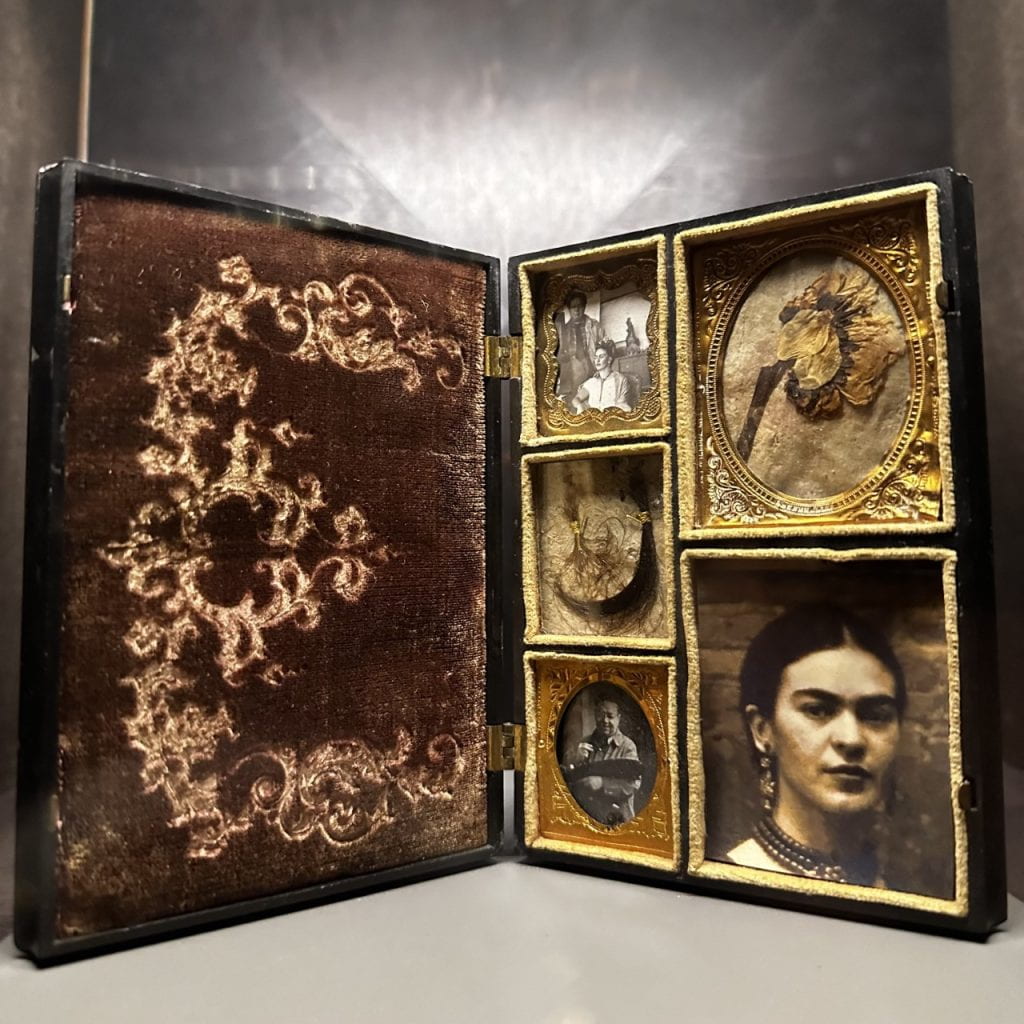
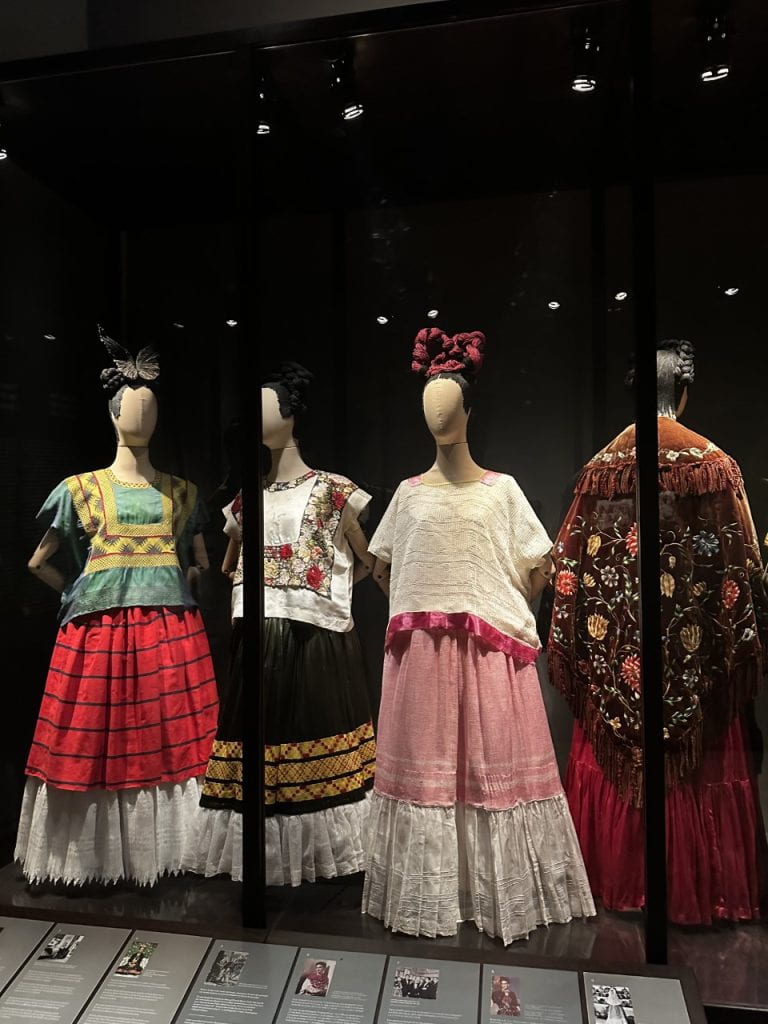
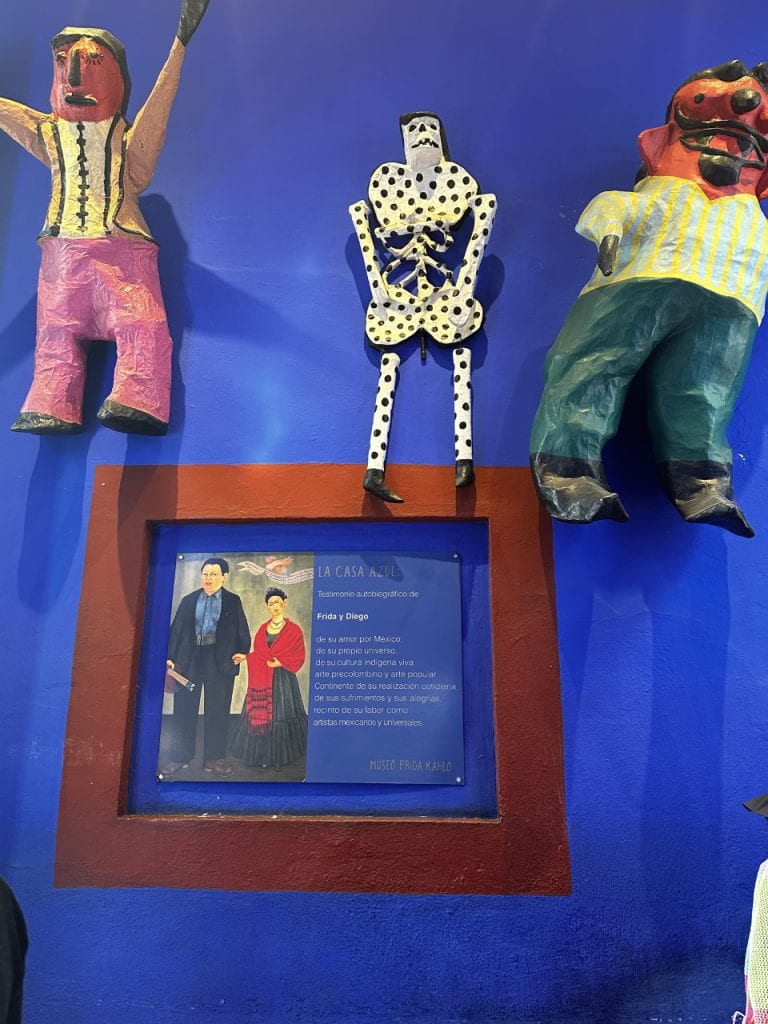
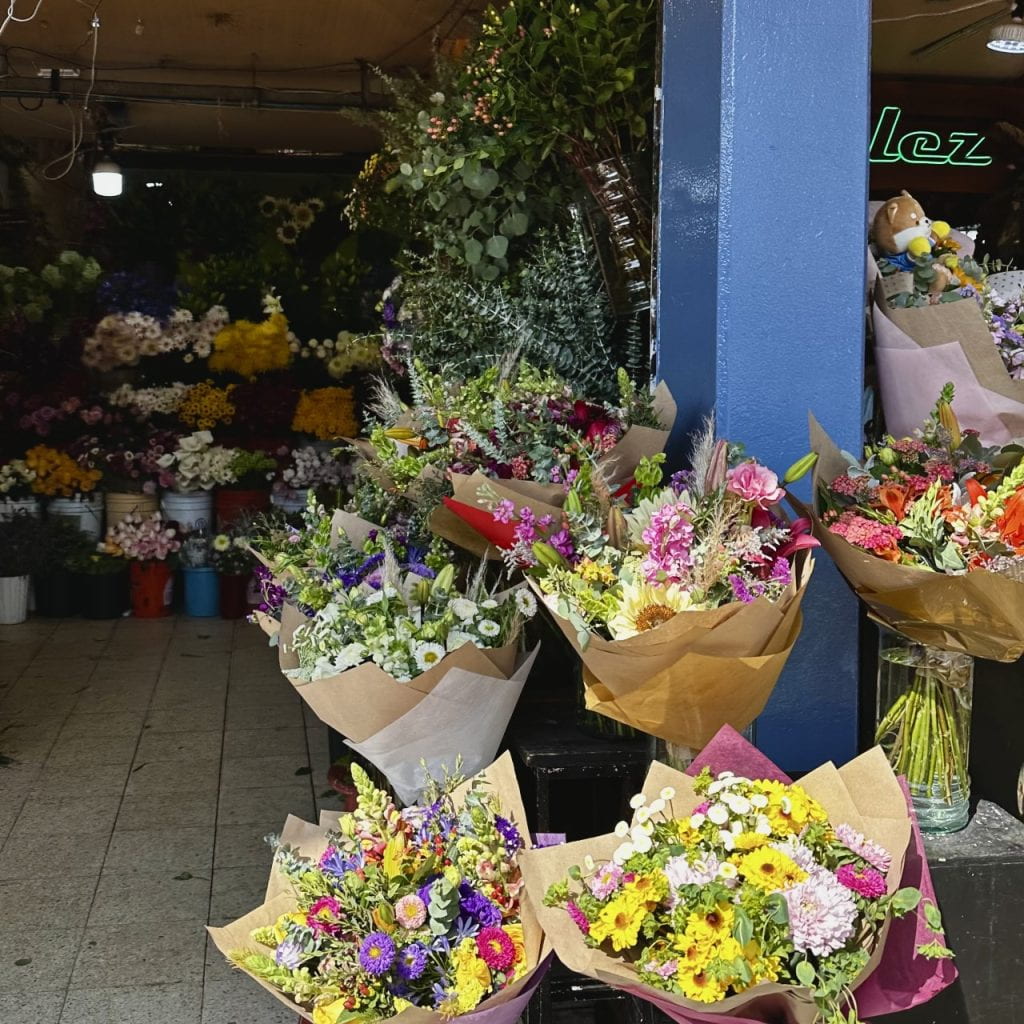
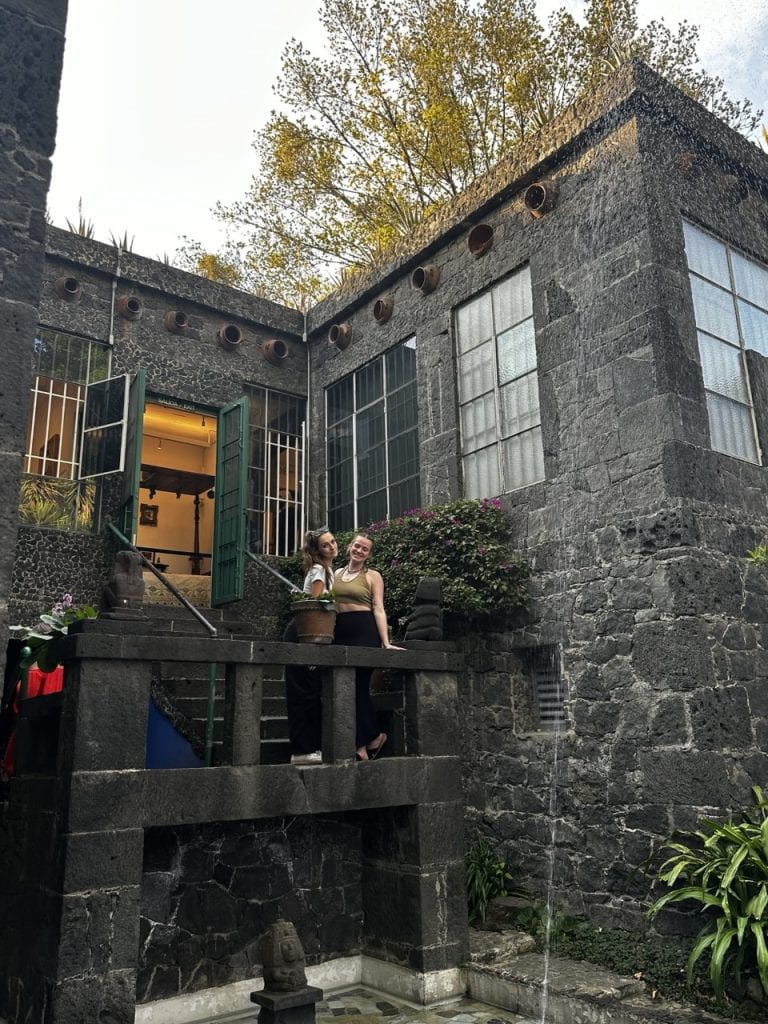
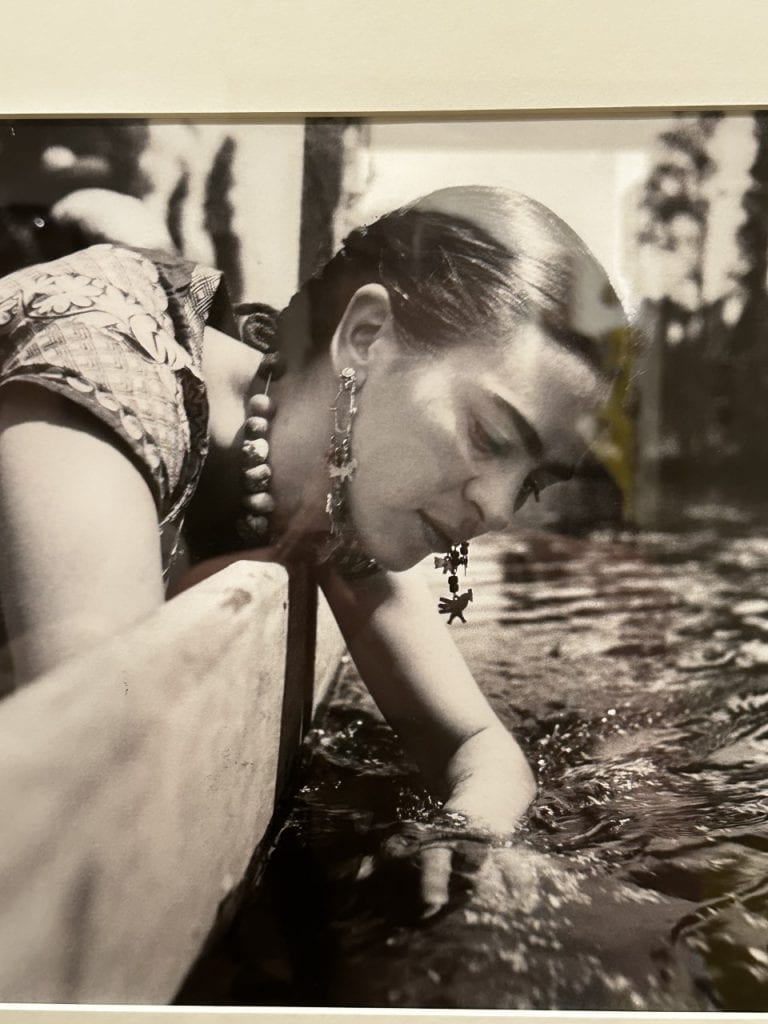
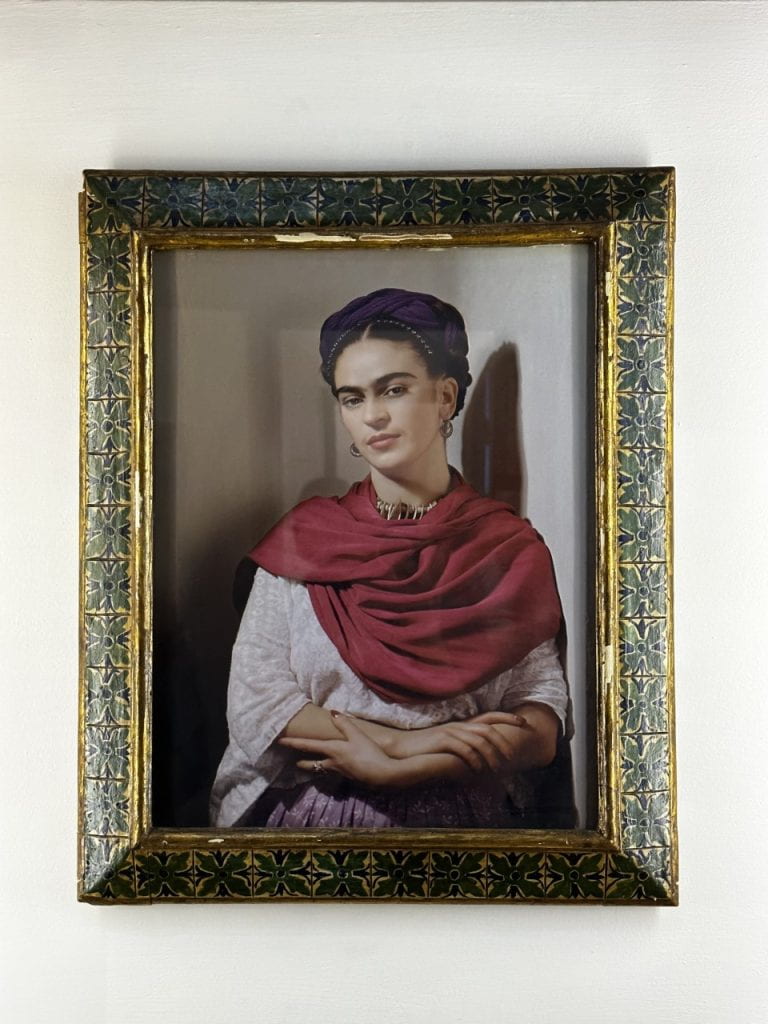
We spent our Sunday at one of my favorite places to be, an amusement park! My adrenaline-rush personality was looking forward to visiting Six Flags since I had arrived in Mexico. It was the one part of Mexico that felt very Americanised, with the type of food sold, music played, and rides advertised. However, due to height differences between our cultures, the majority of the time, we New Zealanders had to cross our legs and duck our heads on the ride. This made me realize another component I took for granted: how these rides were fitted to a particular height standard. It goes to show that cultural norms can be implemented into everyday life. Overall, the food was amazing, and the rides were unforgettable. Guess you could say it was a bit of an upgrade from the corkscrew at Rainbowsend!
